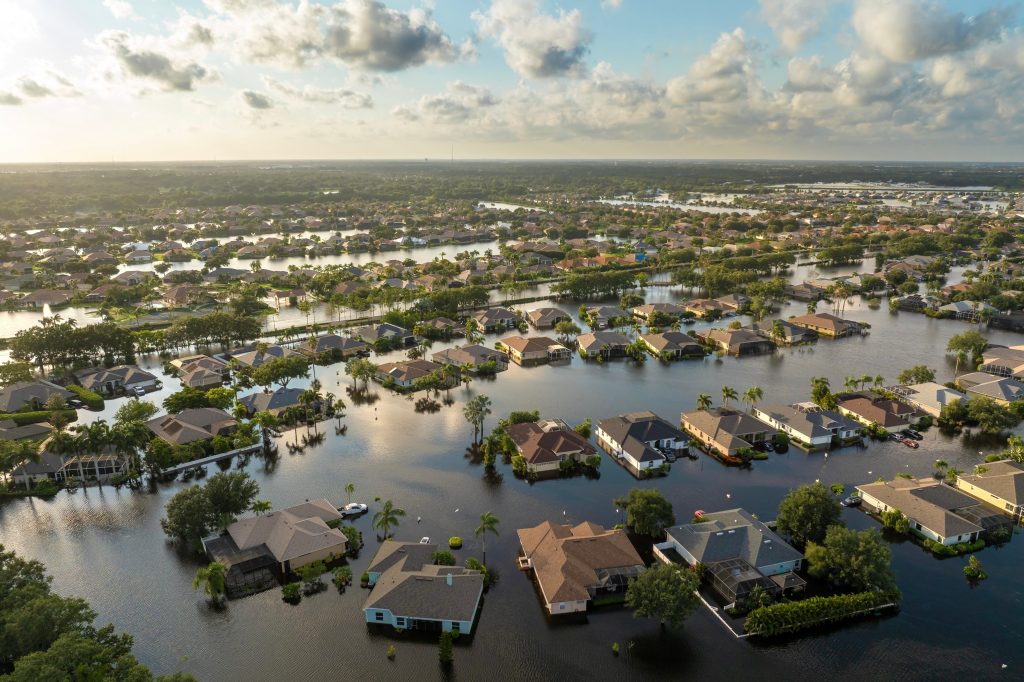
Nearly two weeks after Hurricane Helene devastated communities across the southeastern United States, Hurricane Milton made landfall near Tampa, Florida, last night as a Category 3 storm.
While the hurricane didn’t quite reach the catastrophic levels predicted, it spurred a record 150 tornados across the state and storm surges as high as 10 feet in some places. Authorities are still assessing the extent of the damage.
What Congress is doing:
Democratic members of the House are urging Speaker Mike Johnson to call the chamber back from recess to approve additional funding to aid FEMA and other agencies “to fulfill their disaster relief missions.”
“Our communities cannot wait, and we must act swiftly to provide them with the assurance that their government will stand by them,” a letter to Johnson, signed by 63 House members, states.
This request follows a similar call from a bipartisan group of senators last week pushing for Congress to return to the Capitol and pass an emergency appropriations package for those impacted by Hurricane Helene.
U.S. Sen. Jon Ossoff (GA) and Congressman Austin Scott (GA-08) are leading a bipartisan, bicameral push for disaster relief funding to ensure resources are made available to agricultural producers to “prevent deep and lasting economic damage to the agricultural industry in the southeastern United States.”
Resources from USDA:
On its website, USDA states it is standing by to assist ag producers as they work to recover their operations in the wake of an extreme hurricane season through several programs:
• USDA and FEMA, along with other disaster-focused organizations, offer the Disaster Resource Center, a website and web tool that provides an easy access point to find USDA disaster information and assistance.
• USDA has a disaster assistance discovery tool specifically targeted to rural and agricultural issues. The tool walks producers through five questions that generate personalized results identifying which USDA disaster assistance programs can help them best recover from a natural disaster.
• USDA also offers several risk management and disaster assistance options to help producers recover after disasters.
• Once producers are able to evaluate the impact of the storms to their operations, they can contact their local Farm Service Agency county office or crop insurance agent to report all crop, livestock and farm infrastructure damages and losses.
• The Natural Resources Conservation Service can help landowners with their recovery and resiliency efforts. NRCS staff will work one-on-one with landowners to assess damage and assist with recovery of the land.
• Through the Emergency Watershed Protection program, NRCS assists local government sponsors with the cost of addressing watershed impairments or hazards such as debris removal and streambank stabilization. Sponsors must submit a formal request (by mail or email) to the NRCS state conservationist for assistance within 60 days of the natural disaster occurrence, or 60 days from the date when access to the sites become available.
Find More Info From USDA Here 
















